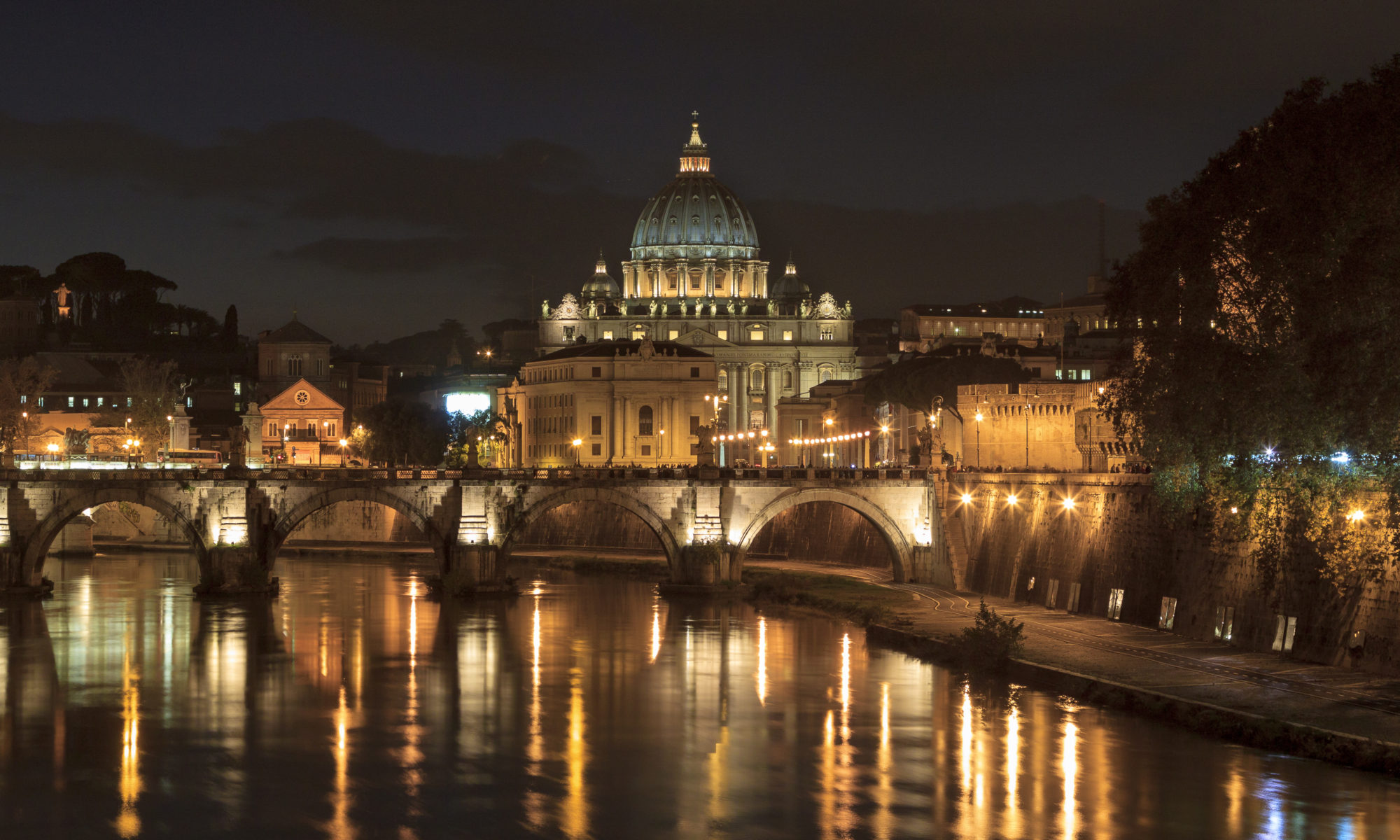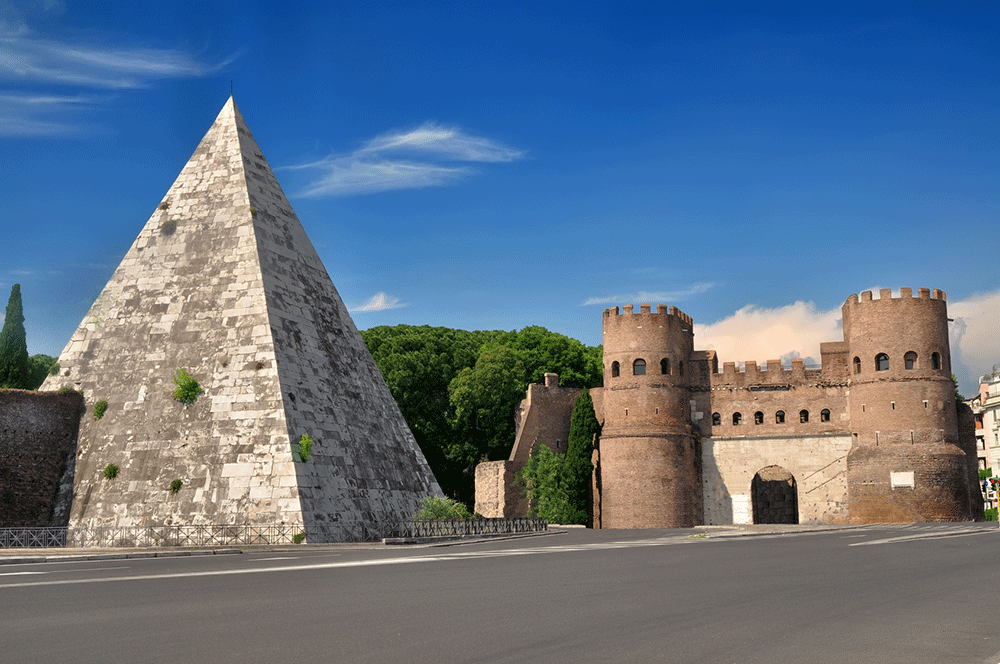One of the ancient feline colony of Rome live in a wonderful place, located in the center of the city near the imperial Fora, where was murdered Julius Caesar. This place is known as Largo di Torre Argentina.
Largo di Torre Argentina was excavated in the late 1920s, revealing multilevel temples below the modern street level. It is a magical place where you can see the remains of four different temples and a part of the famous portico of Pompey.
Pompey’s portico was the place where Julius Caesar was betrayed and killed in 44 BC.
Largo di Torre in Argentina also is home to a feline colony of Rome composed of over 250 cats. After the site was dug, the wild cats of Rome moved immediately. Quickly increasing their number and becoming one of the biggest feline colony of Rome.
This cats live safely even if they are in the center of city traffic. Some volunteers take care of this cats as of the other cats ofr other place of the city. During the years, thanks to the care of “gattare” (the ladies of the cats) this number is growing and this colony is a part of Rome beauties.
The volunteers take care of sick or injured cats, and partecipate to a sterilization and neutralization program to keep the wild population under control.
During the afternoons you can see this cats laying lazy taking a sunbath, showing to us the mood of Rome.
Papa Rex – Traditional Restaurant in Rome since 1991 – Saint Peter – Vatican area




